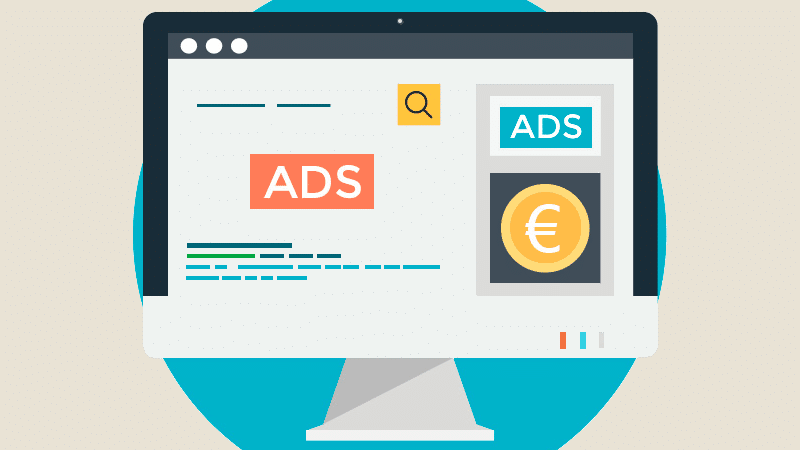Are Webflow Websites Fast? Performance Insights and Optimization Tips

Introduction
Website speed plays a crucial role in user experience, SEO rankings, and conversion rates. A slow website can drive visitors away, leading to lost opportunities.
Webflow is widely recognized for its speed and performance, but how does it compare to other platforms? This article explores why Webflow websites are fast, what makes them efficient, and how you can optimize them further.
Why Website Speed Matters
A fast website is essential for several reasons:
- Better SEO Rankings – Google prioritizes fast-loading websites, helping them rank higher.
- Lower Bounce Rates – Slow websites frustrate users, causing them to leave.
- Higher Conversions – Faster websites lead to more sales, leads, and engagement.
- Improved User Experience – Speed enhances accessibility and satisfaction.
Are Webflow Websites Fast?
Yes, Webflow websites are designed for speed. Unlike platforms that require third-party plugins, complex themes, or heavy code, Webflow is streamlined and optimized for performance.
1. High-Performance Hosting
Webflow uses Amazon Web Services (AWS) and Fastly’s CDN, ensuring content is delivered quickly across the globe. This reduces latency and improves speed.
2. Clean, Optimized Code
Webflow automatically generates efficient HTML, CSS, and JavaScript. Unlike platforms that rely on multiple plugins, Webflow produces lightweight code, making pages load faster.
3. Built-In Image Optimization
Webflow automatically compresses and resizes images, reducing their file size while maintaining quality. It also supports WebP, a next-gen format for faster loading images.
4. No Heavy Plugins or Bloat
Unlike WordPress, which relies on multiple plugins that add extra code, Webflow has built-in functionality that reduces unnecessary scripts and speeds up the site.
5. Reduced HTTP Requests
Webflow minimizes HTTP requests by optimizing stylesheets and JavaScript files, ensuring faster page rendering.
How to Make a Webflow Website Even Faster
Even though Webflow is already optimized for speed, you can take additional steps to enhance performance:
1. Optimize Images Before Uploading
- Use compressed images to reduce file size.
- Convert images to WebP format for better performance.
- Enable lazy loading to delay the loading of images until needed.
2. Reduce Unnecessary Fonts
- Stick to one or two font families to reduce load time.
- Avoid excessive custom fonts, which require additional requests.
3. Minimize Animations
- Use animations sparingly to prevent slow rendering.
- Optimize interactions for smooth and quick performance.
4. Enable Webflow’s Asset Caching
- Webflow caches assets automatically, allowing returning visitors to load pages faster.
5. Avoid Excessive Third-Party Scripts
- Too many third-party scripts, such as chatbots or tracking tools, can slow down your site.
- Use only essential external scripts to maintain performance.
Webflow vs. Other Website Builders
Webflow is one of the fastest website builders available. Unlike platforms like WordPress or Wix, Webflow eliminates the need for external hosting, heavy plugins, and unnecessary code, ensuring a faster, cleaner website.
WordPress websites can be fast, but only with the right hosting, caching, and plugin management. Wix websites, on the other hand, tend to be slower due to their reliance on JavaScript-heavy components.
Webflow’s built-in CDN, clean code, and optimized hosting make it a top choice for performance-focused websites.
Conclusion
Webflow websites are inherently fast due to their optimized hosting, clean code, and built-in speed features. By using Webflow, businesses and designers can create high-performance websites without the extra complexity of traditional CMS platforms.
For those who prioritize speed, efficiency, and user experience, Webflow is an excellent choice.




